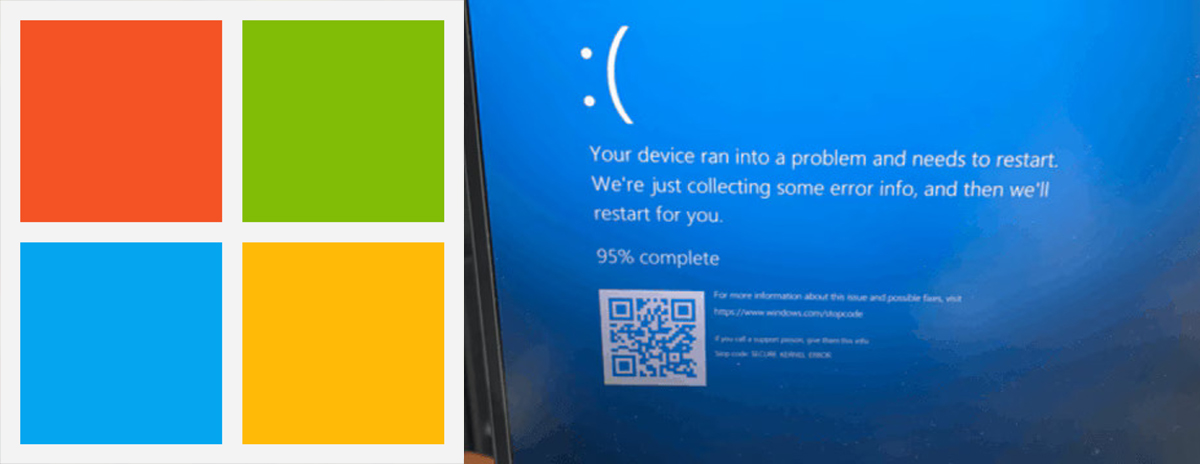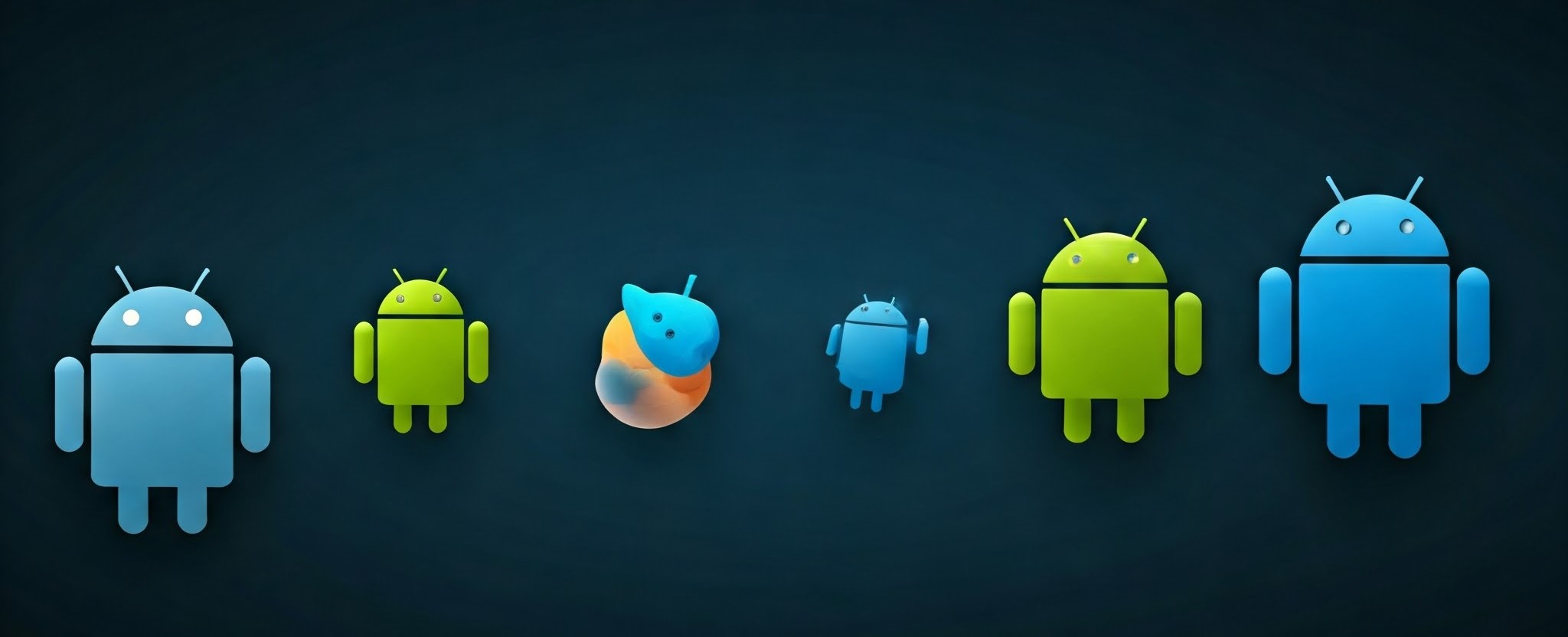For decades, the Blue Screen of Death (BSOD) has been a dreaded sight for Windows users. It signifies a critical system crash, often leaving users scrambling for solutions. However, Microsoft may soon replace or significantly alter this iconic error screen, marking a major shift in the way Windows handles system failures.
What is the Blue Screen of Death (BSOD)?
The BSOD is an error screen displayed when Windows encounters a fatal system error that prevents it from operating safely. It usually appears with a cryptic error code and diagnostic information, helping advanced users and IT professionals diagnose issues. The BSOD has been a part of Windows since the early versions, becoming a symbol of system instability.
What’s Changing?
Reports suggest that Microsoft is working on an alternative to the traditional BSOD, possibly introducing a Black Screen of Death (BKSoD) or a more user-friendly error-handling mechanism. Here are some key changes that may be implemented:
- A New Color Scheme – Microsoft has experimented with different colors in the past, including a green screen in Insider builds and a black variant in early Windows 11 versions. The final decision may focus on a black or white error screen instead of the iconic blue.
- More User-Friendly Messages – Instead of the usual complex error codes, the new error screen may feature more plain-language explanations with possible solutions, making it easier for non-technical users to understand and fix issues.
- Integration with AI-Powered Diagnostics – Microsoft is heavily investing in AI, and a future error screen might include AI-powered troubleshooting suggestions, guiding users through possible fixes automatically.
- QR Code and Cloud-Based Solutions – Current BSOD screens already include QR codes for quick troubleshooting links. The next version might take this further by providing real-time cloud-based diagnostics, helping users resolve issues without searching manually.
- Faster Recovery Options – Instead of simply displaying an error, the new system might offer instant repair or rollback options, allowing users to restore their systems more efficiently.
Why is Microsoft Making This Change?
The BSOD, while useful for diagnosing issues, has long been a source of frustration for everyday users who don’t understand complex error messages. Microsoft aims to improve the user experience and reduce downtime by making system crashes more manageable and less intimidating.
When Will These Changes Be Implemented?
While Microsoft has not officially confirmed the full replacement of the BSOD, insiders and leaks suggest that changes could be introduced in future Windows 11 updates or in the next-generation Windows operating system.
Conclusion
The Blue Screen of Death (BSOD) has been a defining feature of Windows error handling for decades. However, as Microsoft pushes towards a more user-friendly and AI-driven approach, the traditional BSOD may soon be replaced with a more informative and helpful system. Whether it’s a black, white, or enhanced diagnostic screen, these changes are likely aimed at making system crashes less frustrating for users worldwide.
As Windows continues to evolve, one thing is clear—Microsoft is working to make system failures less daunting and recovery more seamless.




